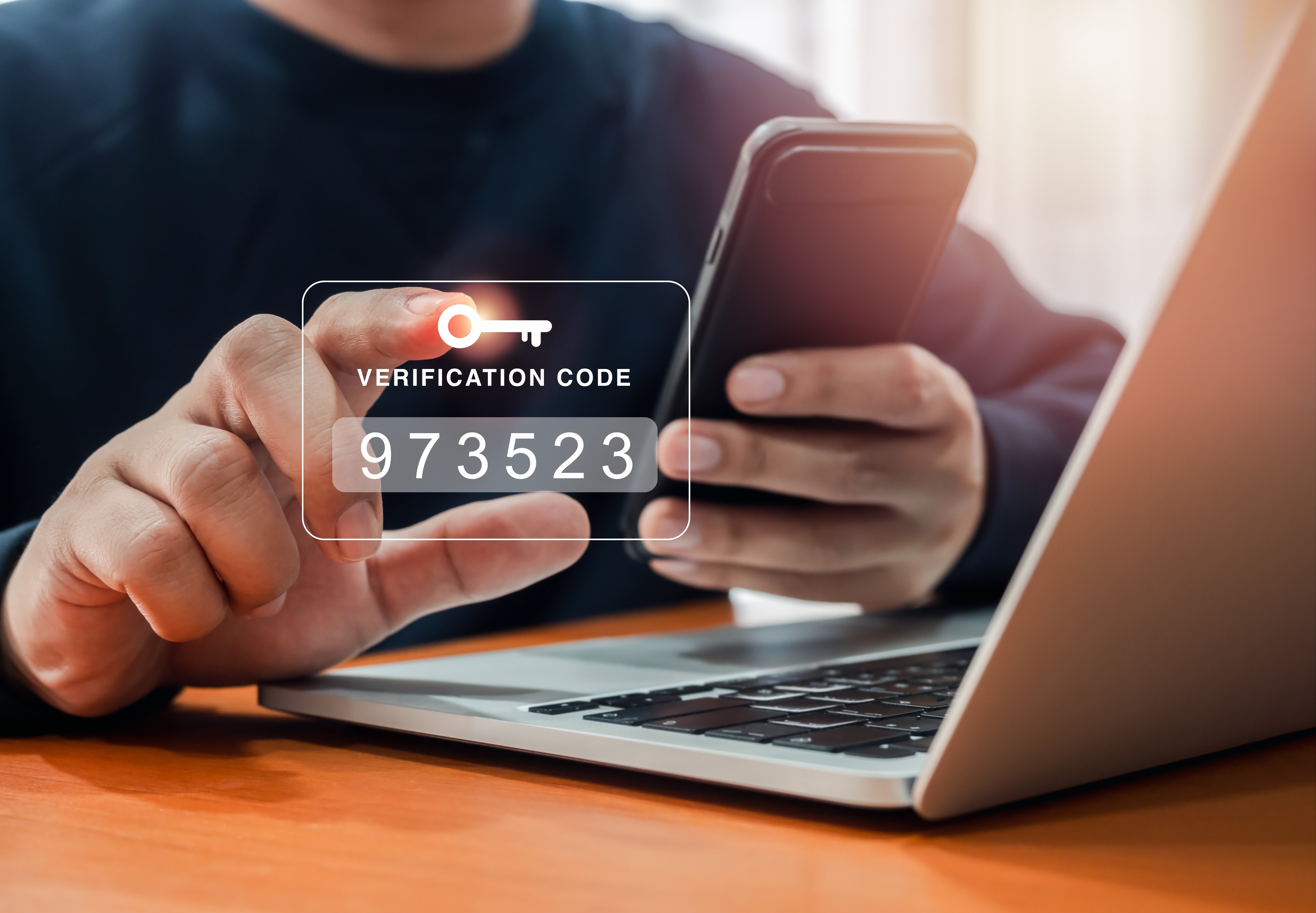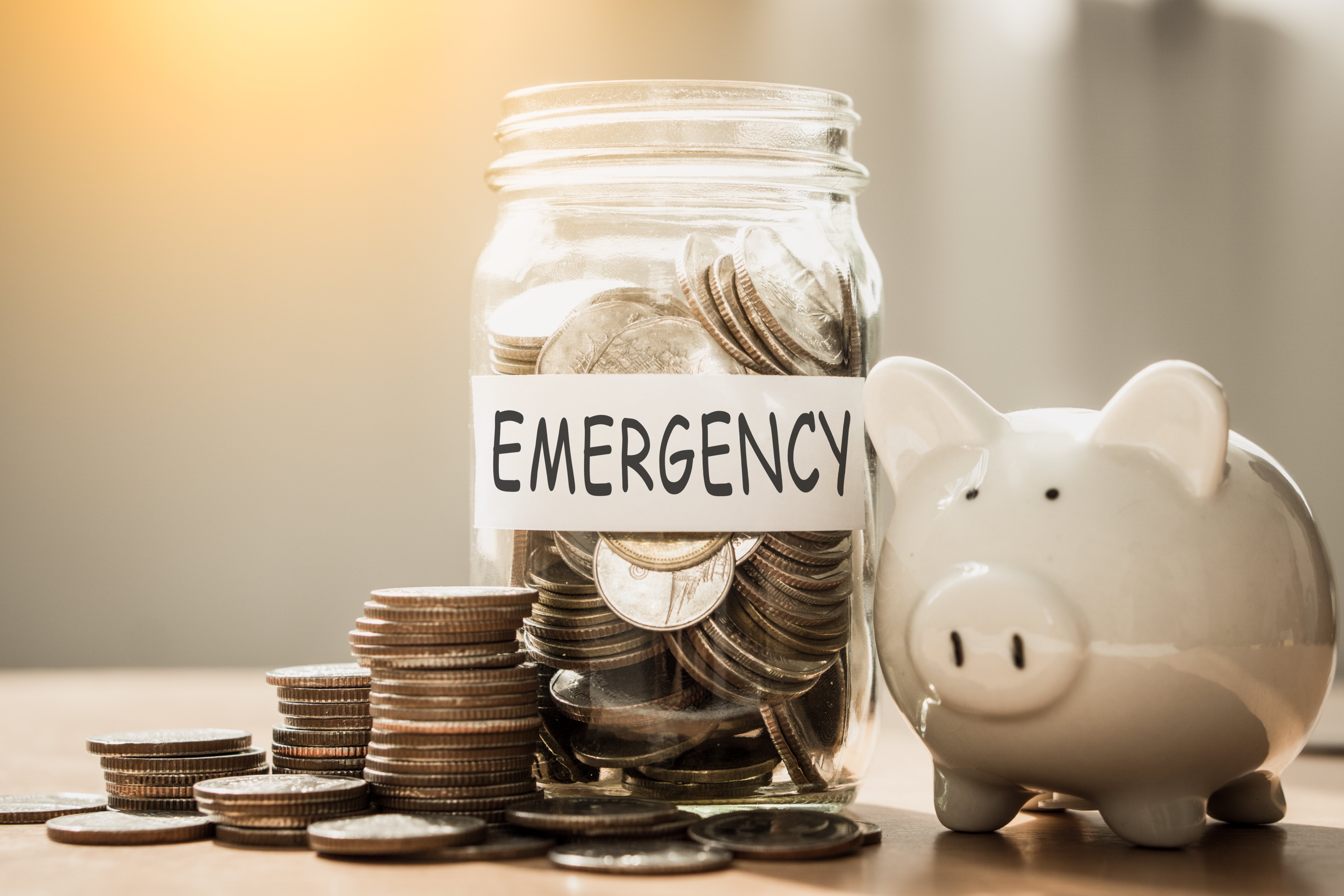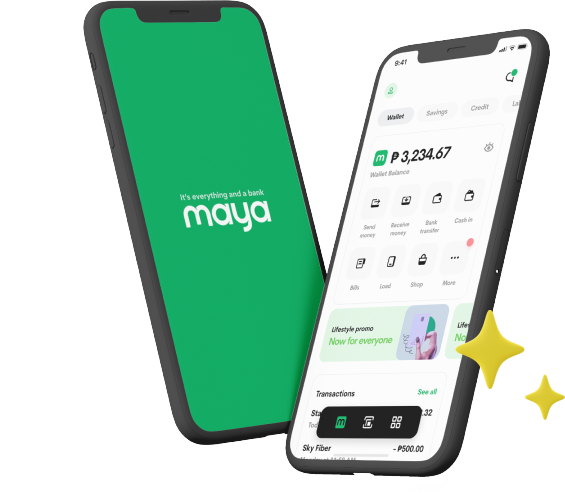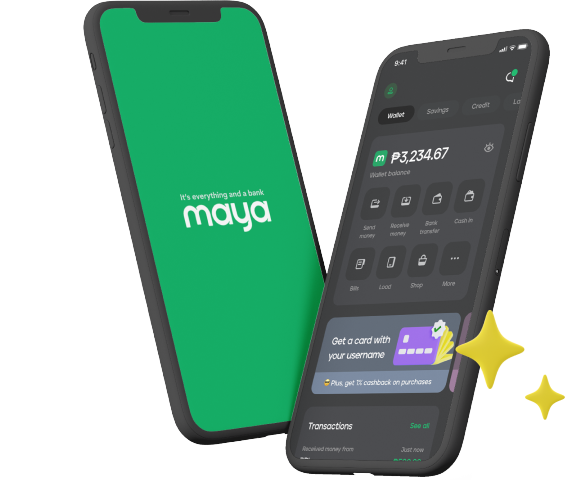
E-commerce continues to enjoy a strong hold in the Philippines, with information services company GlobalData even projecting the market to reach up to PHP 968.9 billion by 2026. This steady growth can be attributed to a number of factors, such as the convenience of online shopping, the larger product selections available in online stores compared to physical stores, and the added value of using credit cards that offer rewards for every purchase. Maya’s Landers Cashback Everywhere Credit Card, in particular, gives shoppers up to 5% cashback at Landers, 2% on dining spends, and 1% on all other qualified transactions.* By using this credit card as their primary payment method when shopping online, a shopper can quickly accumulate the PHP 50,000 monthly spend needed to reach the maximum offer of 5% cashback at Landers, thus making one’s grocery budgeting much easier on the pocket.
That being said, online shopping can also come with risks, especially for those who aren’t familiar with common cybersecurity practices. After all, even if a shopper were using the safest credit card when shopping online, they could still be vulnerable if they fall victim to fake merchant websites and phishing scams. If you want to know how to ensure safe transactions, the key is to be informed about these risks and know how to protect yourself from them. Thus, to help you ensure secure online credit card transactions, we’ve made this list of several security mistakes to avoid when online shopping.
1. Not Verifying the Website’s Legitimacy
Many online shoppers are easily enticed with great deals, which leads to clicking ads or links that promise affordable finds without them verifying first if the shop these ads or links lead to is legitimate. Making this same mistake can put your sensitive information at risk, especially if you end up entering your credit card details into a fake website. If data isn’t stolen and used further for more illegal transactions, such a website can simply not fulfill your order at all, still scamming you out of your money.
To avoid falling victim to fake or scam websites, always check if the website’s URL starts with “https://” as the "s" stands for secure. That’s one way to check if a website protects financial data entered by customers. However, using an HTTPS protocol alone does not guarantee that a site is safe. Always verify the domain name, look for security seals, and be cautious of suspicious requests for personal or financial information. Before buying anything from any online store, also look up customer reviews as well to see if they’ve got a good track record of fulfilling orders—or providing excellent products or services.
2. Shopping on Public or Unsecured Wi-Fi
Due to their accessibility, many people often connect to public Wi-Fi in places such as cafes or malls when shopping online. However, public networks are often unsecured, meaning cybercriminals can use the open network to steal data from those connected to it. Some may even set up fake Wi-Fi hotspots that appear legitimate—for instance, naming the connection “Free_Mall_WiFi”—but are actually used to steal sensitive information.
Thus, you should only shop online when you’re connected to a secure network or your own phone’s mobile data to ensure your data’s safety. Also turn off your phone’s automatic Wi-Fi connection feature to prevent your device from automatically connecting to public networks when you’re outdoors.
3. Ignoring Two-Factor Authentication (2FA)
Many shoppers don’t have 2FA enabled on their online shopping accounts either because they’re not aware of the feature or they find it tedious. Either way, without 2FA, accounts are more vulnerable to unauthorized logins, as passwords alone provide no additional layer of security.
It is then crucial to toggle 2FA on not only for your shopping apps but also for payment apps, especially if your credit card is connected to them. For better security, always choose banking products and services that have 2FA automatically enabled by default. For instance, Landers Cashback Everywhere Credit Card holders can rest assured that their details are safe as the Maya app requires another form of authentication such as a fingerprint scan or facial recognition scan, when logging in.
4. Saving Payment Information on Multiple Sites
While saving your payment information on multiple shopping sites may seem convenient, it also opens up your private data to the risk of being hacked if the website suffers a data breach. Moreover, if a bad actor gains unauthorized access to your account with one of these retailers, having your credit card information saved there means they can simply purchase items right away.
Hence, try to avoid storing payment information on shopping platforms. Likewise, you may instead opt to use a credit card with a dynamic CVV for safer transactions. For instance, the Landers Cashback Everywhere Credit Card’s dynamic CVV is only valid for 24 hours, with a new number generated each time you access the card details on the Maya app. This adds an extra layer of security because it limits cybercriminals’ ability to reuse stolen credit card details to perform additional unauthorized transactions.
5. Falling for Phishing Emails and Messages
Another mistake that many online shoppers make is giving away their sensitive information to fraudsters by falling for their phishing attempts. Phishing often takes the form of an email or SMS where someone pretends to be from a legitimate company or your bank, urging you to click on fake links or provide personal information. These messages may create a sense of urgency claiming that your account has been compromised or that you need to verify your details immediately. Once you enter your information, scammers can use it to steal your identity, access your financial accounts, or make unauthorized purchases.
To avoid being a victim of phishing, always verify with your bank or with the company you have an account with if the important messages you receive are legitimate. Also avoid clicking on suspicious links and enable two-factor authentication whenever possible. Additionally, always double-check the sender’s email address. Phishing attempts typically use addresses that imitate official ones—for example, using @sh0pee.com to look close to the official address, say @shopee.com—to trick people into thinking they’re corresponding with a legitimate company. Look for warning signs common in phishing messages as well such as urgent language (threatening to close your account if you don’t comply), generic greetings (“Dear Customers” instead of using your name), and poor grammar.
In the unfortunate event that your credit card gets compromised, you should immediately have your card blocked to lessen potential financial loss. Landers Cashback Everywhere Credit Card holders can accomplish this (and order a replacement card as well) via their Maya app by following these steps:
- Go to “Cards” and select your credit card.
- Tap the gear icon to open your card settings.
- Select “Block Lost or Stolen Card” to permanently block the card and get a replacement.
- Choose “Select a Reason” and then tap “Confirm” when prompted.
- Once your card is canceled, you can tap “Order a New Card” to get a replacement. Do keep in mind that card replacement fees may apply.
While risks do exist when you’re shopping online, knowledge and precaution are often enough to make sure you avoid them. By not making the mistakes listed above, you can have a safe and hassle-free online shopping experience using your credit card and enjoy all the generous rewards that come with it.
*Transactions that don’t qualify include: cash in, cash advance, quasi cash purchases, casinos and gambling, fuel, supermarket, pharmaceuticals, utilities, telco, and government.
You might also like
These Stories on Maya Bank




